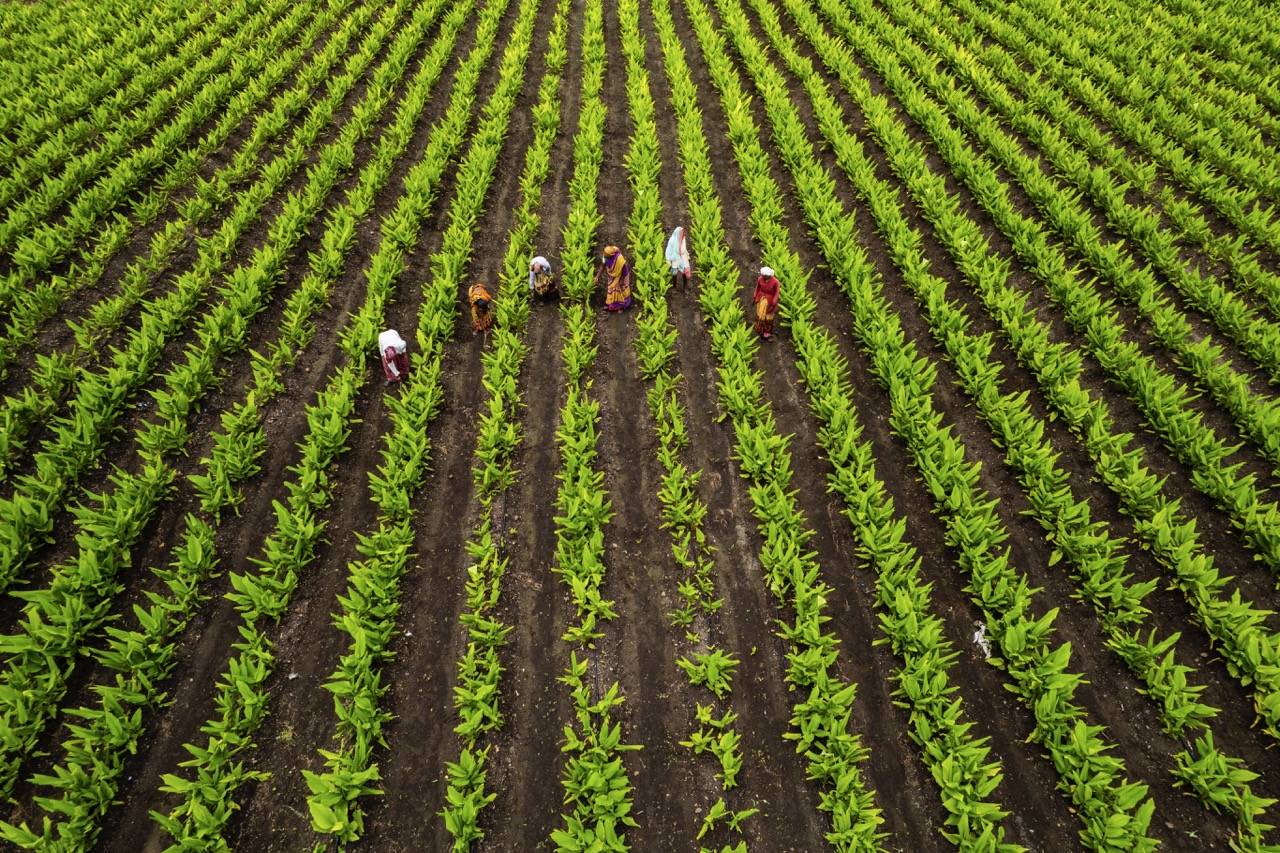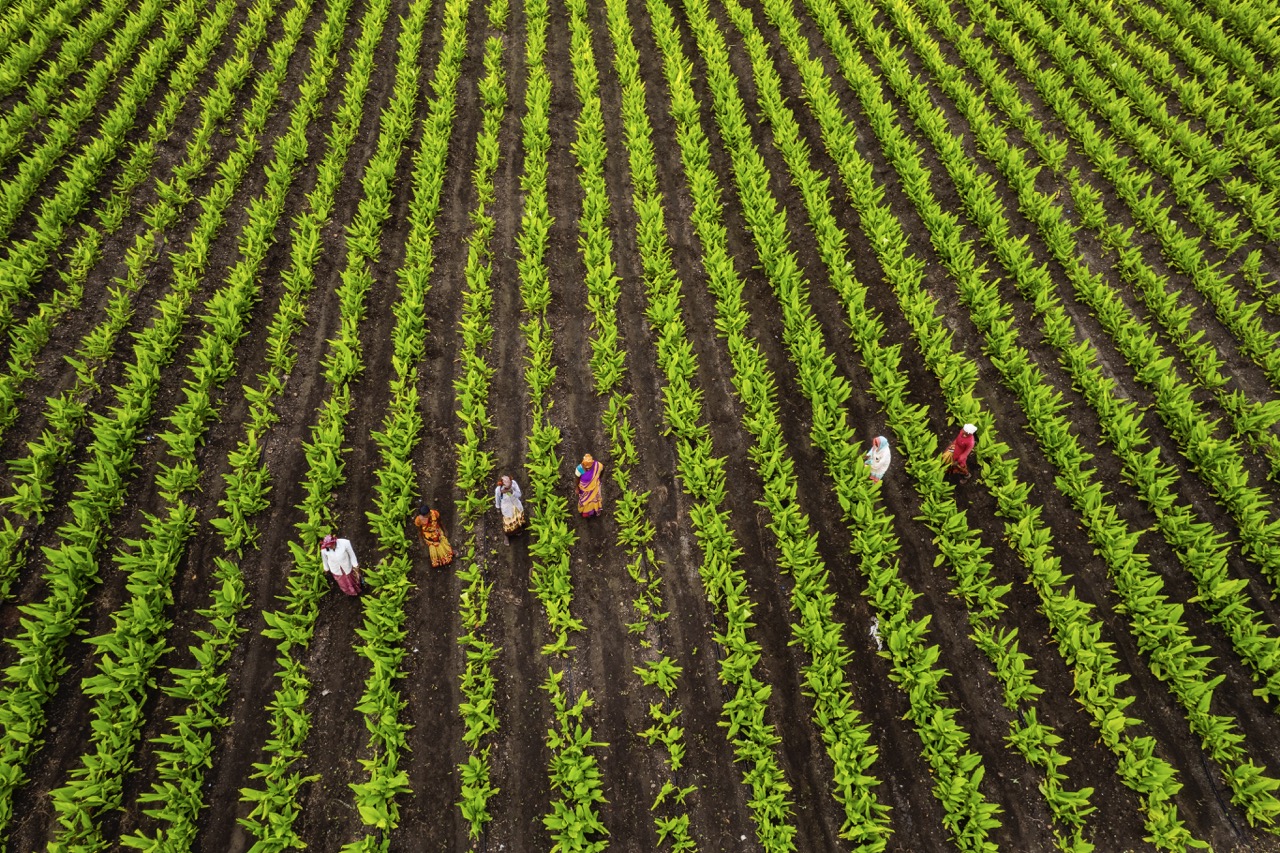Composting is an invaluable practice for farmers seeking to enhance soil health, reduce waste, and promote sustainable agricultural methods. By converting organic matter into nutrient-rich compost, farmers can improve their crop yields while minimizing reliance on synthetic fertilizers. However, effective composting requires a solid understanding of key principles and practices. This article explores best practices for composting on your farm, covering the fundamentals of composting, material selection, optimization techniques, and troubleshooting common challenges.
Understanding the Fundamentals of Effective Composting
Effective composting begins with an understanding of the biological processes involved. At its core, composting is a natural decomposition process facilitated by microorganisms, earthworms, and other soil organisms. These organisms break down organic matter, resulting in a nutrient-dense product that can enrich soil and promote healthy plant growth. The primary components of a successful compost pile include carbon-rich "browns," nitrogen-rich "greens," moisture, and oxygen. Maintaining the right balance among these ingredients is critical for fostering active microbial activity.
Temperature is another essential factor in the composting process. As microorganisms break down organic matter, they generate heat, which accelerates decomposition. A well-managed compost pile can reach temperatures between 130°F and 160°F (54°C to 71°C), effectively killing pathogens and weed seeds. Monitoring temperature and turning the pile regularly helps maintain aerobic conditions, promoting a more efficient and effective composting process. Understanding these fundamentals is key to leveraging compost as a valuable resource on your farm.
Additionally, the size and structure of the compost pile play a significant role in its effectiveness. A typical compost pile should be at least 3 feet by 3 feet to ensure adequate heat retention and microbial activity. It’s important to provide sufficient aeration, as anaerobic conditions can lead to unpleasant odors and slow decomposition. Creating a well-structured pile with alternating layers of greens and browns allows for optimal airflow and moisture retention, setting the stage for successful composting.
Selecting the Right Materials for Your Compost Pile
Choosing the right materials for your compost pile is critical for achieving optimal results. The ideal compost consists of a balanced mix of nitrogen-rich greens, such as kitchen scraps, grass clippings, and manure, and carbon-rich browns, like dried leaves, straw, and cardboard. This balanced approach ensures that microorganisms have the necessary nutrients for decomposition. It’s essential to chop or shred larger materials to speed up the breakdown process and improve aeration within the pile.
Farmers should also be cautious about the types of materials they add to their compost piles. Certain items, such as meat, dairy products, and oils, can attract pests and create odors, complicating the composting process. Additionally, avoid including materials treated with pesticides or herbicides, as these chemicals can persist in compost and harm soil health. Instead, focus on organic waste generated from farm operations, such as crop residues, hay, and plant trimmings.
Lastly, seasonal variations in available compost materials can affect the composition of your pile. During peak growing seasons, farmers may have access to an abundance of green materials, while fall may yield more browns. Being resourceful and adapting to these changes by adjusting your compost recipe will ensure a continuous supply of quality compost. Successful composting on your farm requires careful attention to material selection, maximizing the potential of organic waste generated in your operations.
Essential Techniques for Optimizing Composting Efficiency
To enhance composting efficiency, several techniques can be implemented. One of the most effective methods is regular turning of the compost pile, which promotes aeration and helps maintain optimal temperature levels. Turning the pile every few weeks allows oxygen to penetrate deeper, facilitating the rapid breakdown of organic materials. Consider using a compost thermometer to monitor internal temperatures, ensuring they remain within the ideal range for microbial activity.
Moisture management is another key component of composting. The compost pile should be kept moist, similar to a damp sponge, but not overly wet. Excess moisture can lead to anaerobic conditions and slow decomposition, while too little moisture can hinder microbial activity. If the compost becomes too dry, adding water or incorporating moist materials can help restore balance. Conversely, if the pile is too wet, turning it and adding dry browns can help absorb excess moisture.
Finally, patience is a virtue in successful composting. While many factors can influence the speed of decomposition, a typical compost pile can take anywhere from a few weeks to several months to fully break down. Regularly monitoring the pile’s temperature, moisture, and structure can help identify when the compost is nearing maturity. Understanding the importance of time and care will ultimately lead to the creation of high-quality compost that can significantly benefit your farm.
Troubleshooting Common Composting Challenges on Farms
Despite best efforts, composting can present challenges. One common issue is odor, often a sign of anaerobic conditions caused by an imbalance of materials or insufficient aeration. If your compost smells foul, it may be necessary to turn the pile more frequently to introduce oxygen and add dry, carbon-rich materials to absorb excess moisture. Addressing these issues promptly can help restore the composting process and mitigate any unpleasant odors.
Pest attraction is another concern for farmers engaged in composting. Rodents, flies, and other pests are often drawn to compost piles, particularly if food scraps are not properly managed. To minimize attraction, avoid adding meat, dairy, and oily foods to your compost pile. Additionally, covering the pile with a tarp or using a compost bin with a lid can deter pests while still allowing for aeration. Regularly monitoring the pile for signs of pests and making adjustments as needed will help maintain a healthy composting environment.
Lastly, some farmers may encounter slow decomposition rates, which can be frustrating. Various factors could contribute to this issue, including a lack of nitrogen-rich materials, poor aeration, or inadequate moisture levels. Conducting a simple analysis of the compost pile can help identify potential problems. If decomposition is slow, consider increasing the ratio of greens to browns, turning the pile more frequently, or adjusting moisture levels. By staying proactive and addressing these challenges head-on, farmers can ensure a successful composting experience.
Incorporating effective composting practices on your farm is a sustainable strategy that can enhance soil fertility, improve crop yields, and reduce waste. By understanding the fundamentals of composting, selecting the right materials, optimizing efficiency through specific techniques, and troubleshooting common challenges, farmers can create nutrient-rich compost that supports their agricultural endeavors. Embracing composting not only benefits individual farms but also contributes to a more sustainable agricultural landscape, fostering healthier ecosystems and resilient farming practices for future generations.










